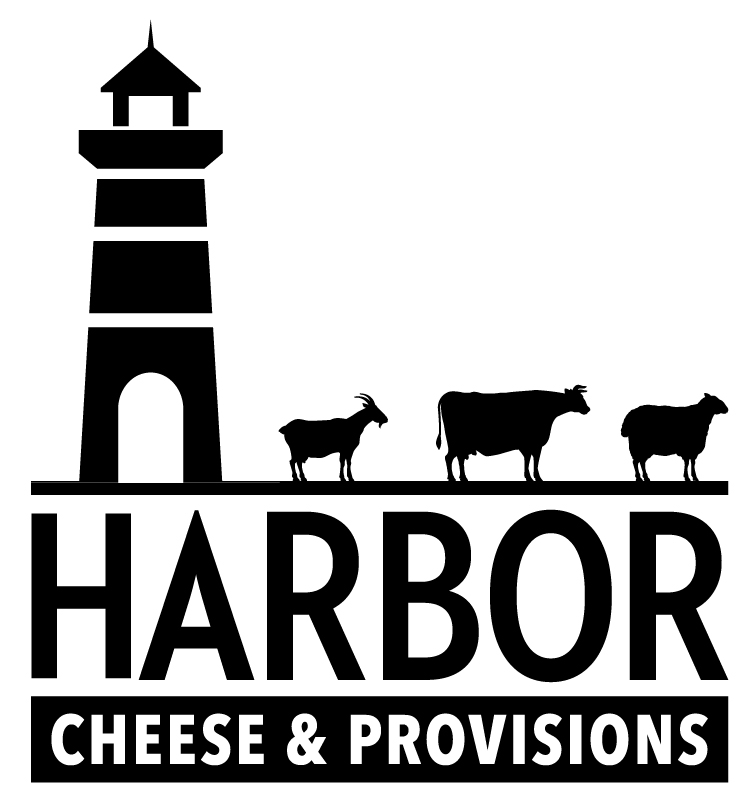On Myths and Legends

Off with its head! Valencays
There's this cheese, Valencay, a noble little ashed goat milk cheese from the Loire Valley shaped like a pyramid. Or well - like a pyramid but with the top lobbed off supposedly in a frenzied pique by none other than Napoleon Bonaparte. Legend has it upon his return to France following his failed Egyptian campaign he just could not see another pyramid again regardless of its material. So off came the tops of Valencay. Or so the story goes. Or maybe the cheeses just transport better in their current shape.
Much of what a cheesemonger does - beyond the cutting, wrapping, selecting, storing, and selling - is telling stories and maybe sprinkling in a little myth there with a dash of legend here. Is it a romanticization of cheese? Yes, probably. Does it make the cheese worse? No.
Some reject the retelling of these tales as if we are somehow undermining the sanctity of cheese. But isn't it all really just a celebration of taste, flavor and culture? And what is our culture and heritage without a few tall tales woven through?
The written historical record - at least when it comes to cheese- is scattered, occasional, and tantalizingly incomplete. Until very recently the written record has been the history of literate leaders in power. Cultures like Sumer had milk and cheese woven into their religious iconography leading to temple sacrifical records of milk, cream, ghee, and cheeses. Their written records about sacrifices to the godesses and gods like Inanna and Dumuzi. But these sacrifices were born from the innovations of farmers, small families, and villages working to extend the life of their milk.
Cheeses and butters have always been, in any dairying culture, a humble domestic product developed on the farm or by larger villages to preserve the milk supply. Some even say its a way to extend the harvest - cows, goats and sheep eat the summer grass, make milk, and then humans make cheese. This nutrient-dense, mineral-rich, high caloric product provided an essential cornerstone of the diet.
What little is known about ancient cheeses is often scraped from the inside of ancient pots, gleaned from passing notations in ancient texts, and oral tradition. When a recipe is passed down from mother to daughter it is not just to convey the instructions but also the myths and legends behind those techniques. It's all well and good to tell you that adding a bit of old bread to fresh curds results in an interior blue mold of penicilin roqueforti. It's entirely different to tell you a story about the shepherd boy who ran off for a secret tryst with his lover. He left behind his cheese sandwich in the cave only to return a few days later to a moldy lump. Upon seeing this he - like any teenage boy - still decides to eat it. And lo! Discovery of Roquefort.
On a romantic level retelling these stories connects us to our shared cultural history. It brings us closer the original makers. It honors the love and care found in generations of practice. We are reminded that cheese is a humble food deeply connected to those who make it and those who sell it.
On a practical level the stories provide connection to our customers. Many won't remember the name Abbaye de Belloc but they will remember the story about the monastic traditions behind the making of the cheese. Instead of trying to remember the color of the rind or the specifics of the taste when attempting to buy the same cheese again they can instead remember to ask for "that monk cheese" and I'll get them closer to what they're looking for.
At the heart it's all about conversation and community. Family and friends sharing a table for millenia telling stories of connection, history and traditions.
